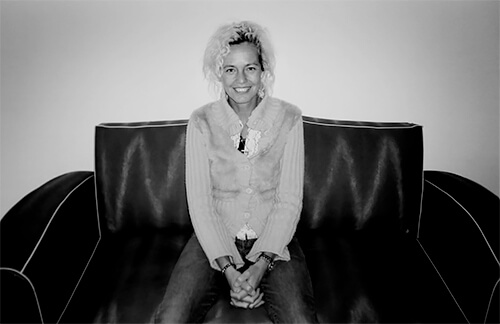Ellen von Unwerth is a photographer and director, specializing in erotic femininity. She worked as a fashion model for ten years herself before moving behind the camera, and now makes fashion, editorial, and advertising photographs.
Ellen von Unwerth found fame when she first photographed Claudia Schiffer. Her work has been published in top magazines like Vogue, Vanity Fair, Interview, The Face, Arena, Twill, L'Uomo Vogue and I-D, and she has published several books of photography. She won first prize at the International Festival of Fashion Photography in 1991.
Von Unwerth did promotional photography for Duran Duran from 1994–1997 and did some photography for their 1990 album Liberty and 1997 album Medazzaland. Her work has been seen on other album covers, such as Bananarama's Pop Life (1991), Cathy Dennis' Am I the Kinda Girl? (1996), Janet Jackson's The Velvet Rope (1997), British R&B group All Saints' Saints & Sinners (2000), singer-songwriter Dido's Life for Rent (2003), Britney Spears' comeback album Blackout (2007), Christina Aguilera's 2006 album Back To Basics and her 2008 greatest hits album Keeps Gettin' Better: A Decade of Hits and R&B singer Rihanna's Rated R and Talk That Talk.
Von Unwerth has also directed short films for fashion designers, and music videos for several pop musicians. She has directed many commercials and web films for top brands like Revlon, Clinique, Equinox and others, many featuring celebrities.
Selected Books on

